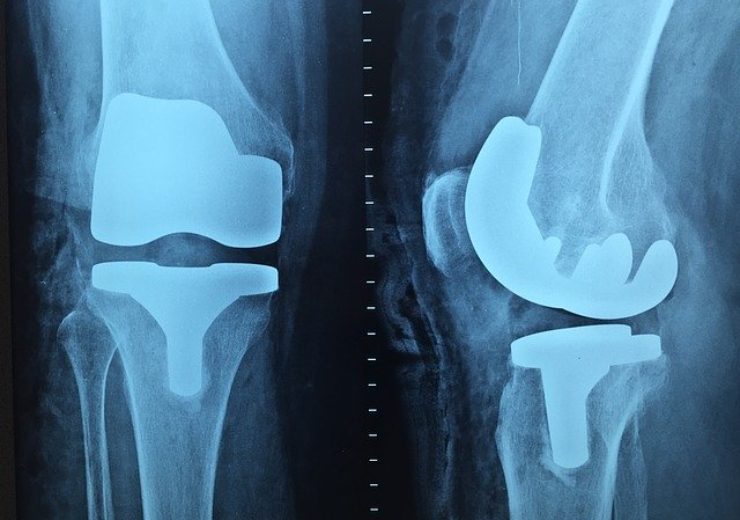Class III devices are subject to the most rigorous pathway to approval for medical devices

Orthofix announces support for continued FDA Class III Designation for bone growth stimulators (Credit: Pixabay/Andersonvr.)
Orthofix Medical, a global medical device company focused on musculoskeletal healing products, announces support for the continued U.S. Food and Drug Administration (FDA) Class III designation for Bone Growth Stimulators to ensure patient safety and therapy efficacy. The FDA has announced that they will hold an Advisory Committee panel meeting on April 23 to consider whether Bone Growth Stimulator (BGS) devices should be reclassified from Class III to Class II medical devices. Class III devices are subject to the most rigorous pathway to approval for medical devices. FDA may change classification of a device only if the proposed new class has sufficient regulatory controls to provide reasonable assurances of safety and effectiveness.
“Bone Growth Stimulation devices should remain regulated in a way that appropriately reflects the known benefits and risks for specific indications for use by requiring that manufacturers submit clinical data, through the FDA’s pre-market approval process, to demonstrate safety and effectiveness,” said Orthofix President and Chief Executive Officer Jon Serbousek. “This gives physicians more information on the safe and effective use of these devices and ultimately better protects patients.”
The Advisory Committee panel meeting follows the 2015 listing of bone growth stimulator products along with now 31 other product categories as candidates for possible down classification. The purpose of the listing and review by the FDA of these 32 product categories was to further one of the FDA’s general strategic priorities of reducing regulatory burdens. In 2006, FDA convened an advisory panel and ultimately determined, for safety and efficacy reasons, to maintain the Class III status for BGS devices.
“Bone Growth Stimulation devices encompass a range of intended uses, distinct technologies, waveform parameters, functionalities, dosimetries, and designs,” continued Serbousek. “Given the nature of and dissimilarities among these devices, a single set of special controls could not reasonably assure the safety and effectiveness of each distinct type of BGS device. Simply stated, these are not 510K devices even with special controls.”
Together with the other manufacturers of bone growth stimulators, Orthofix will participate in the April hearing, as it did in 2006, and submit testimony supporting the importance of maintaining BGS devices as Class III devices. Evidence to be presented will include:
Bone growth stimulation devices cannot be defined as “generic” which is a grouping of devices that do not differ significantly in purpose, design, materials, energy source, function or any other feature related to safety and effectiveness
Special controls cannot be established to assure the safety and effectiveness of BGS devices due to dissimilarities among the PMA-approved devices from various manufacturers
Insufficient valid scientific evidence exists to determine that special controls would provide reasonable assurance of their safety and effectiveness
Risks to health cannot be mitigated through general and special controls
Orthofix has the market-leading Bone Growth Stimulation platform with the only cervical spinal indication granted by the FDA, and the only mobile device app accessory designed to help patients adhere to their prescriptions and improve their clinical outcomes, STIM onTrack 2.1. Orthofix is also investing in investigational device exemption (IDE) studies to expand indications for use in areas such as rotator cuff tears. Together with the other manufacturers of bone growth stimulators, Orthofix will participate in the hearing and submit testimony supporting the importance of maintaining these devices as Class III devices.
Source: Company Press Release
